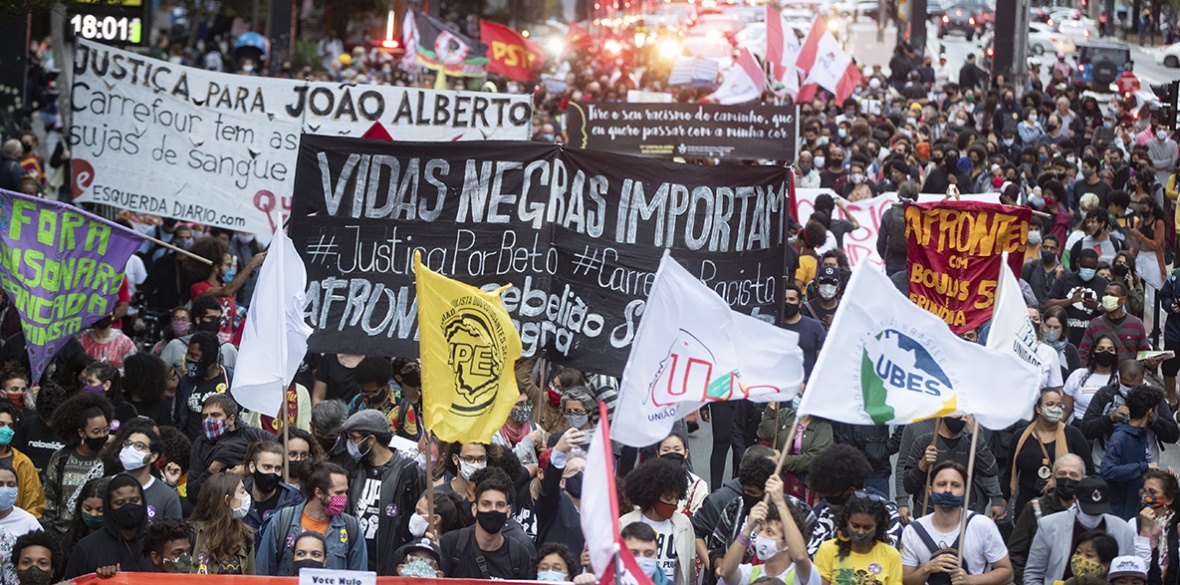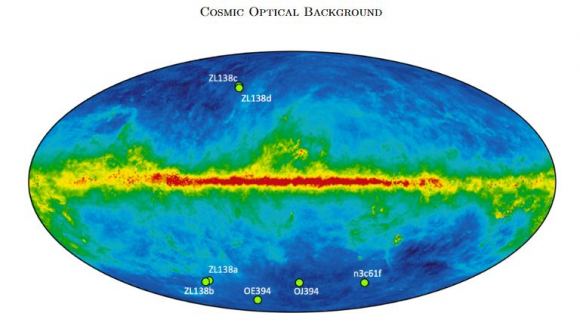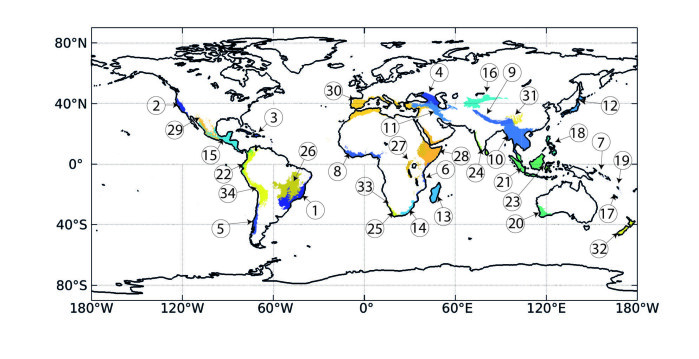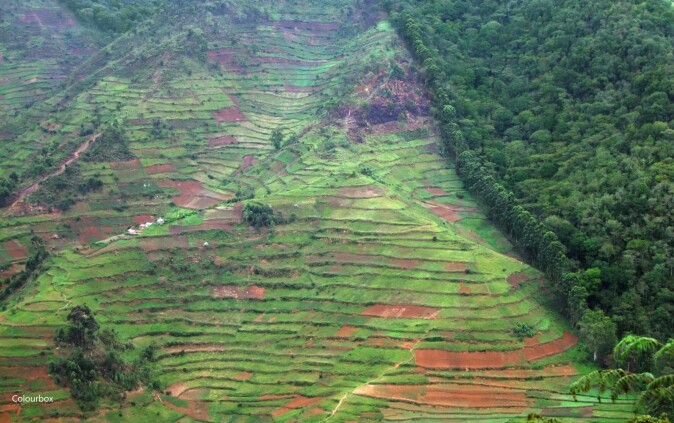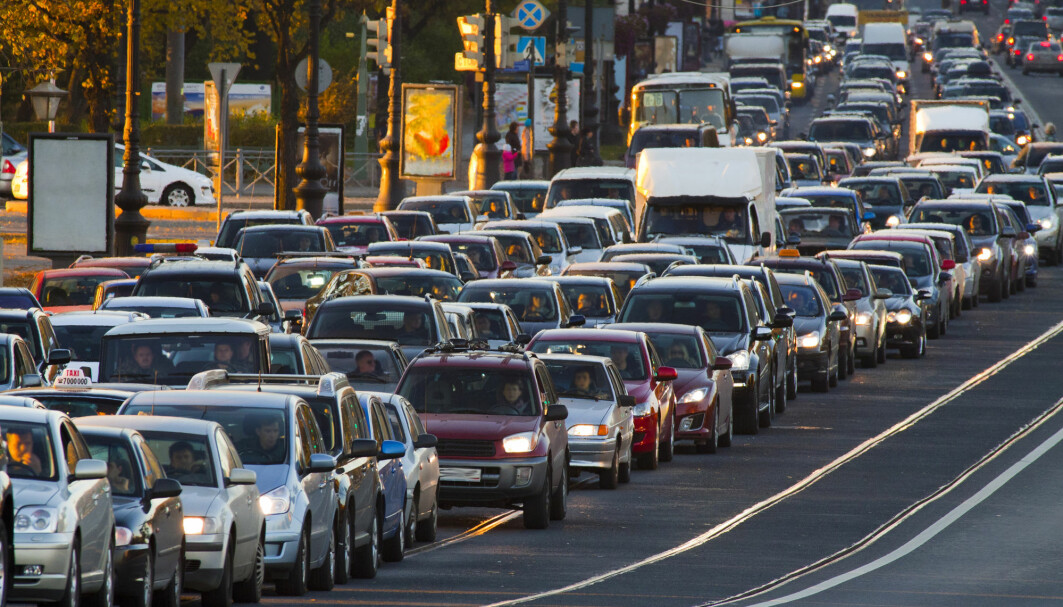Brazil: Death of man beaten by Carrefour security guards sparks protests
Sat, 21 November 2020
The funeral of a black man who died after being beaten by supermarket security guards in Brazil has been held following protests that echoed those of the racial justice movement in the United States.
Joao Alberto Silveira Freitas, a father of four, was buried wearing a white T-shirt in a coffin draped with the flag of his favourite football team in the city of Porto Alegre.
"I just want justice," his partner, Milena Borges Alves, told Globo news. "That's all. I just want them to pay for what they did to him."
On Friday, demonstrators painted "Black Lives Matter" on the pavement of Paulista Avenue, one of the most famous in Sao Paulo, following a series of protests across the country, many of them at branches of the Carrefour supermarket chain.
Military police used pepper spray to disperse crowds outside a supermarket in the northeastern city of Recife.
The outrage was fed by a widely circulated video showing one guard restraining Mr Freitas as another hit him repeatedly in the face.
Another clip later showed a guard kneeling on his back in the car park of the store in Porto Alegre on Thursday.
Both of the guards have been detained and face possible homicide charges, according to police authorities.
The France-based chief executive of the Carrefour supermarket group, Alexandre Bompard, said on Twitter the images were "unbearable" and vowed to go beyond the "insufficient" steps already taken by the company's Brazil branch.
"My values and the values of Carrefour are not compatible with racism and violence," he said.
Carrefour earlier said it would end its contract with the security company and fire the store manager who was on duty.
Black and mixed-race people account for about 57% of Brazil's population but constitute 74% of victims of lethal violence, according to the Brazilian Forum on Public Safety, a non-governmental organisation.
The percentage is even higher - 79% - for those killed by police
Funeral of a black man beaten to death by security guards sparks anti-racism protests across Brazil
Activists including members of Black Lives Matter march against the murder of Black man Joao Alberto Silveira Freitas at a Carrefour supermarket the night before, on Brazil's National Black Consciousness Day in Sao Paulo
THE funeral of a black man beaten to death by supermarket security guards on the eve of Brazil’s Black Awareness Day was accompanied by anti-racist demonstrations across the country at the weekend.
Joao Alberto Silveira Freitas, a father of four, was buried on Saturday in the southern city of Porto Alegre in a coffin draped in the blue and white chequers of the Gremio football team.
“I just want justice,” his partner, Milena Borges Alves, told Brazilian media. “That’s all. I just want them to pay for what they did to him.”
She said they had planned to formally marry in a few days after living together for nine.
Last Friday, Brazil’s national Black Consciousness Day, citizens awoke to footage circulating on social media of two white security guards repeatedly punching Mr Freitas in the face before throwing him to the ground.
One of the guards is then seen kneeling on Mr Freitas’s neck.
Demonstrators enraged by Mr Freitas’s death painted “Black Lives Matter” on the pavement of Paulista Avenue, one of the most famous thoroughfares in Sao Paulo.
Military police used pepper spray to disperse protesters outside a supermarket in the north-eastern city of Recife.
In a video message to the G20 summit in Saudi Arabia, Brazil’s far-right President Jair Bolsonaro denied that his country suffered from racism and complained of an unspecified movement seeking to “divide” Brazilians.
Black and mixed-race people account for about 57 per cent of Brazil’s population but 74 per cent of victims of lethal violence, according to the Brazilian Forum on Public Safety, a non-governmental organisation.
This figure is even higher, 79 per cent, for those killed by police.
More protests in Brazil after black man killed by supermarket security guards
Issued on: 23/11/2020 
Text by:NEWS WIRES
New demonstrations against racism took place Sunday outside Carrefour supermarkets in Brazil to protest the death of a black man beaten to death by white guards at a Porto Alegre store branch.
A video taken Thursday night in the southern city showed 40-year-old welder Joao Alberto Silveira Freitas repeatedly being punched in the face and head by a security guard while he is being restrained by another at a Carrefour market.
The clip quickly went viral on social media, and triggered a first round of demonstrations on Friday as the country marked Black Consciousness Day.
More protests were held on Saturday, when Silveira Freitas was buried.
In Rio de Janeiro on Sunday, around 100 protesters gathered at a shopping center where one of the French group's supermarkets is located, AFP journalists reported.
Other protests brought drew several dozen people demanding a boycott of Carrefour in various parts of the country, such as Salvador de Bahia or Santos.
Rio protesters carried banners reading "Murderous Carrefour" and "Black Lives Matter," using the slogan prominent in the United States during demonstrations against recent police killings of minorities.
In a series of tweets in Portuguese on Friday, Carrefour CEO Alexandre Bompard expressed his condolences over the "horrible act" and said that the images were "unbearable".
He also ordered "a complete review of training for employees and outsourced personnel in matters of safety, respect for diversity" and "rejection of intolerance."
Djefferson Amadeus of the Institute for the Defense of Black People, who was demonstrating on Sunday in Rio, however said "we no longer accept those apologies. They have promised us measures, but so far we have not seen anything."
Other protesters echoed his concerns.
"We are not going to shut up while they continue to kill our people," said Thais dos Santos, 23.
"This shows that racism is still very present in Brazil, not only in the supermarket, but also in the favelas," he added, referring to Rio's poor districts.
On Saturday, in his speech at a virtual G20 summit, President Jair Bolsonaro once again downplayed structural racism in Brazil, a country where around 55 percent of its population of 212 million identifies as black or mixed-race.
The far-right leader condemned "those who want to sow conflict and discord" by trying to "import" tensions into the country "that are not part of its history."


